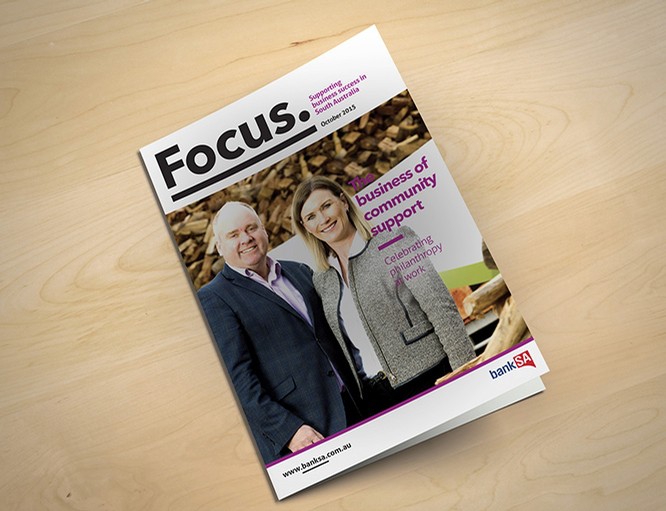

The Situation
In November, 2003, Adelaide Airport Limited committed to developing a new $260 million Terminal after five years’ delay due to the 9/11 bombing and collapse of Ansett.
The Terminal was officially opened by the Prime Minister John Howard on October 7, 2005 with about 100,000 South Australians inspecting the state-of- the-art Terminal over the subsequent two days. On October 10, a fault was found in the fuel delivery system during final testing and the planned move of domestic aircraft to the new Terminal was delayed – initially by a week but in totality, four months. The new Terminal finally opened on February 17, 2006 – three weeks before a State election.
The delay occurred against a background of high levels of pentup public excitement and existing terminal facilities in very poor condition. Public awareness and political pressure was heightened by ongoing media interest during the so-called Summer “Silly Season”; the peak passenger Christmas period; and a State Government election due on March 18, 2006, with then-Premier Mike Rann closely aligned to the delivery of the new Terminal. Communication management was further complicated by diverse stakeholder interests.
Elements
As communication advisers to Adelaide Airport Limited, Hughes worked with the AAL Leadership Team and its Strategic and Corporate A airs Adviser to deliver a multi-faceted strategy which included:
- Media – The strategy was adapted over time from a preferred position of transparency and accessibility designed to create “shared ownership” of the issue but moved to a more conservative position which starved the issue of oxygen as the delay extended. All communication was based on information, not speculation.
- Multiple stakeholders who were dragged into the issue through media debate required management through high levels of personal contact with business leaders, airlines, trade unions, contractors and employees.
- Government and Opposition representatives from the Premier down were kept informed on a daily basis as a courtesy with the goal of instilling confidence in the ability of privately-owned AAL to resolve the complex issue without public intervention. Post opening, communication by AAL was reduced for a period “to let the dust settle” and then recommenced with pro-active communication and community engagement through leveraged sponsorships, publicity and thought leadership events.












